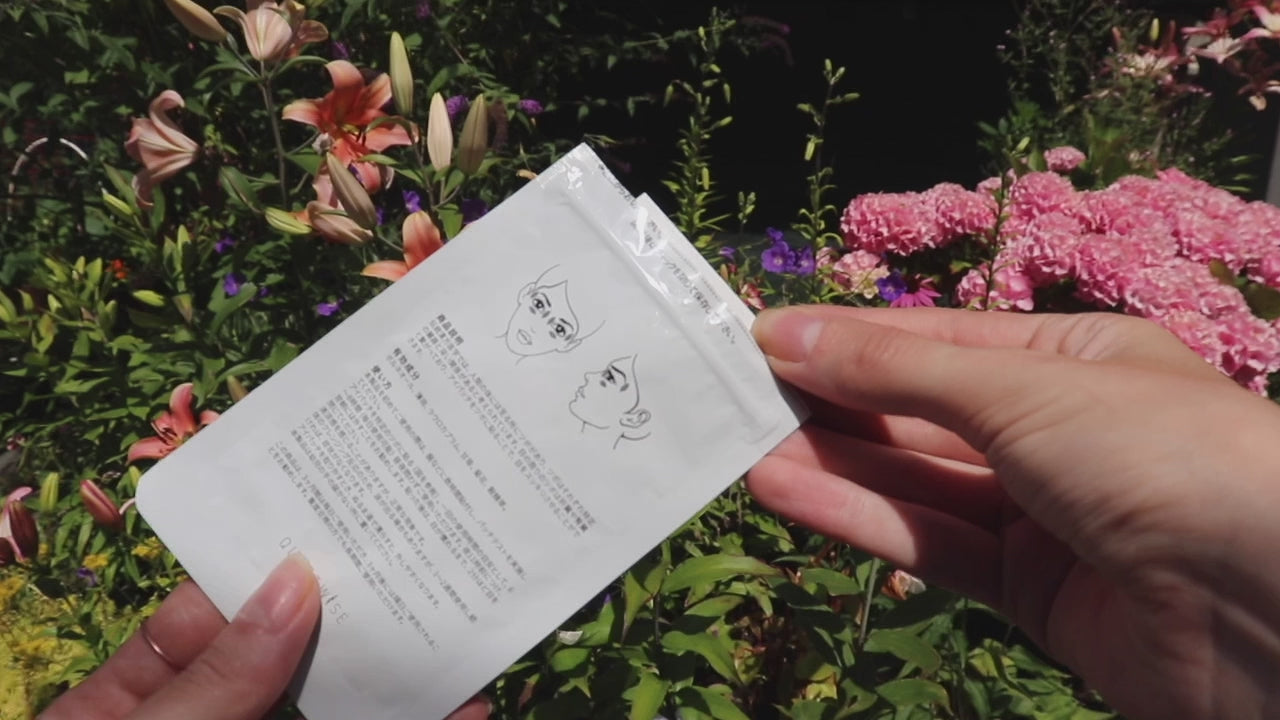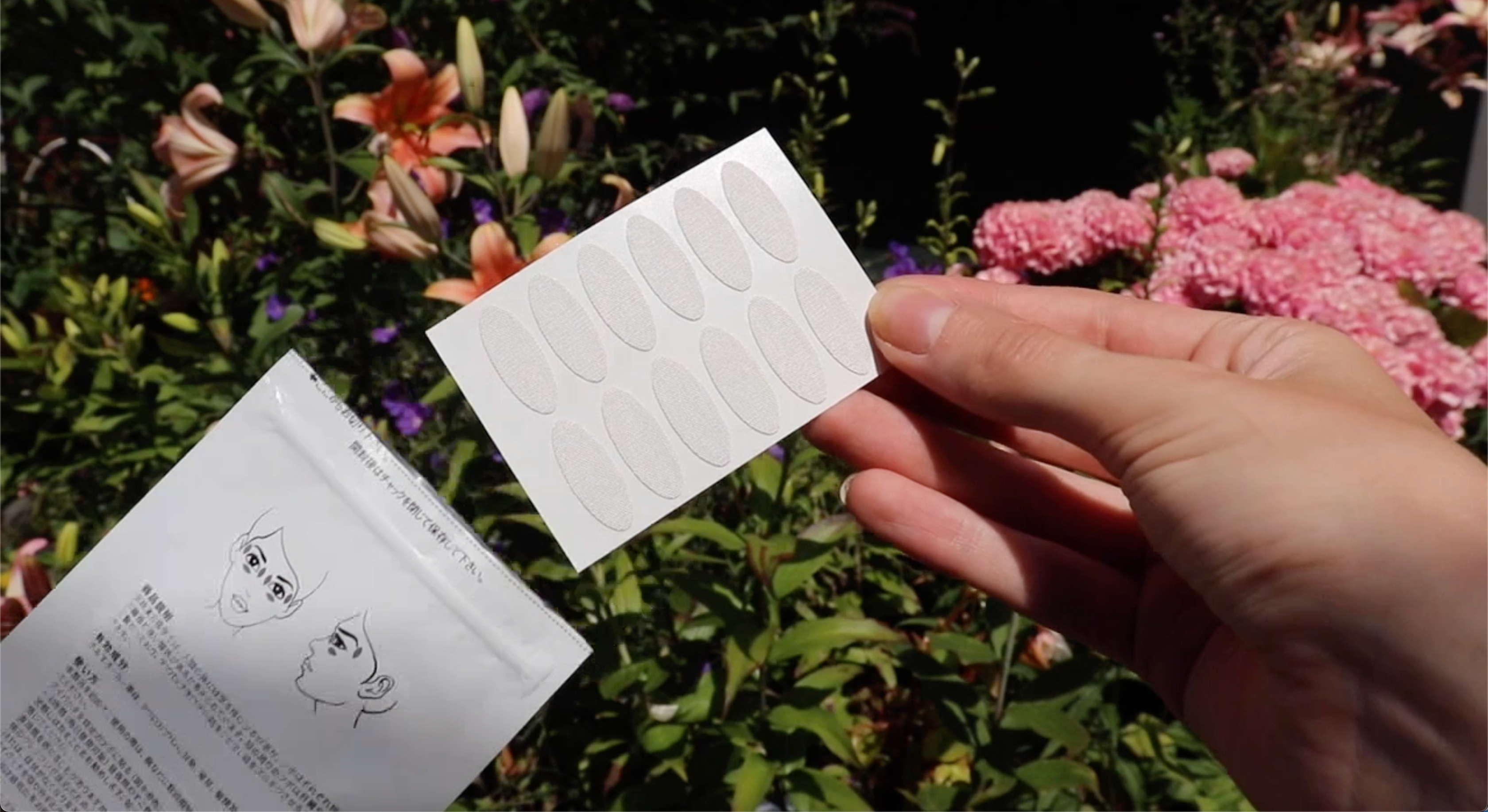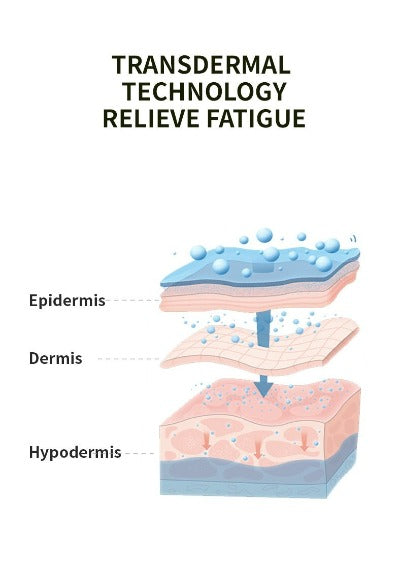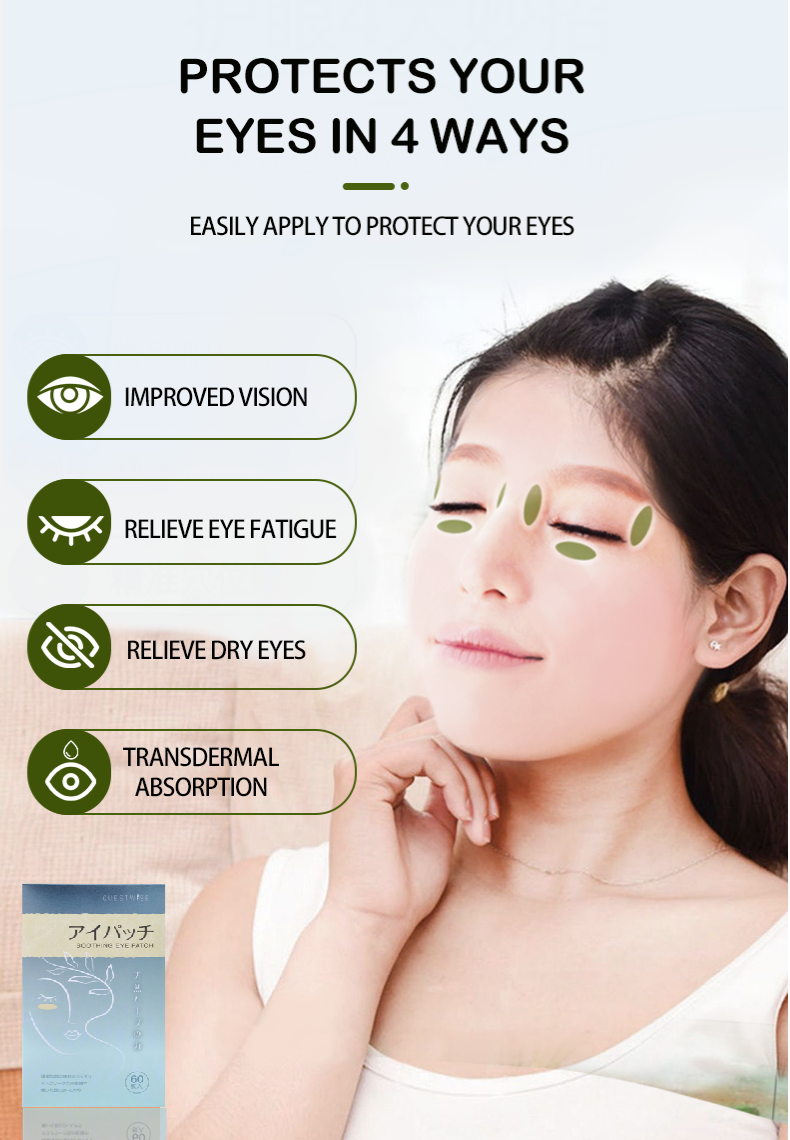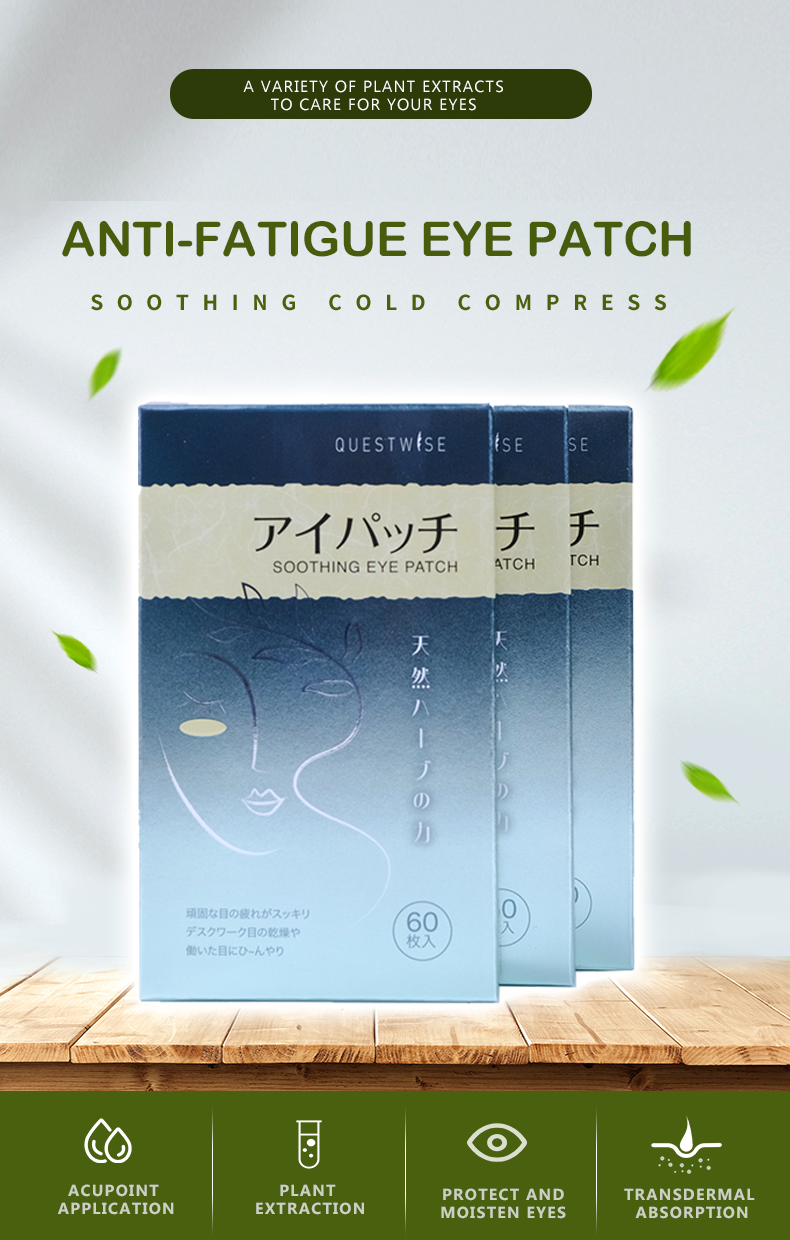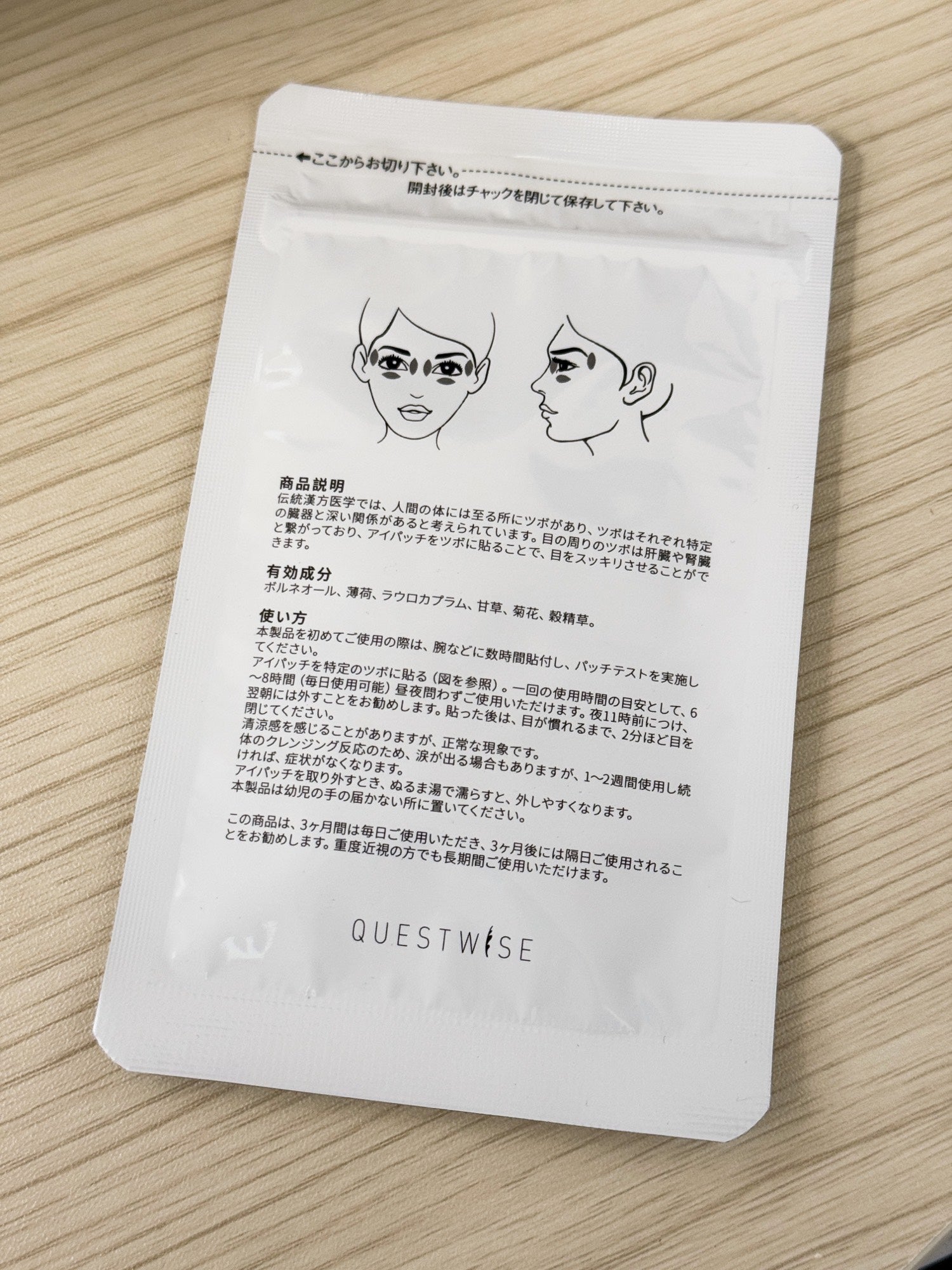Have you ever noticed a tiny speck, a cobweb-like strand, or a shadowy shape drift across your field of vision? These common visual annoyances are often eye floaters—small clumps of a protein called collagen that form in the jelly-like substance inside your eye. While they can be distracting, they are usually harmless. However, sometimes, these fleeting shadows can be a warning sign of a more serious underlying eye condition. How can you tell the difference?
This article will explain what eye floaters are, why they appear, and when you should be concerned. We’ll cover the common causes, discuss what to expect during an eye exam, and provide practical advice to help you protect your vision.
Understanding Eye Floaters: What Are They and Why Do They Happen?
To understand floaters, you first need to know a little about the structure of your eye. The main cavity of your eye, behind the lens, is filled with a clear, gel-like substance called the vitreous humor. This gel helps the eye maintain its shape and provides a pathway for light to reach the retina at the back of the eye.
Over time, as we age, the vitreous humor can change. It starts to shrink and liquefy, and the collagen fibers that once held it together can clump and become visible. These clumps cast tiny shadows on your retina, which you perceive as floaters. Since they are inside your eye, they don't stay in one place but "float" with your eye's movement.
The appearance of floaters can vary greatly from person to person. They might look like:
-
Small black or gray dots
-
Wavy lines or strings
-
Cobwebs or spiderwebs
-
Ring-like shapes
-
Opaque spots
Floaters are most noticeable when you look at a bright, plain background, such as a blue sky, a white wall, or a computer screen. They tend to drift when your eyes stop moving, so you can never quite focus on them. This is why they are often described as being annoying but mostly harmless.
The Common Causes of Eye Floaters
While aging is the most common cause of eye floaters, several other factors can contribute to their appearance.
1. Age-Related Changes (Vitreous Syneresis)
This is the most frequent cause. As you get older, the vitreous gel naturally shrinks and begins to pull away from the retina. This process is called posterior vitreous detachment (PVD) and is a normal part of aging. As the vitreous pulls away, it can form clumps of collagen that become visible as floaters. PVD is very common and typically harmless, though it can cause a sudden onset of new floaters.
2. Inflammation in the Eye (Uveitis)
Inflammation in the middle layers of the eye (the uvea) can cause debris to be released into the vitreous humor. This condition, called uveitis, can lead to a sudden increase in floaters along with other symptoms like eye pain, redness, and light sensitivity. Uveitis requires prompt medical attention to prevent damage to the eye.
3. Bleeding in the Eye
Any bleeding into the vitreous humor can cause new floaters. This can be caused by conditions like diabetic retinopathy, a retinal tear, or a blow to the eye. The floaters may appear as small, dark spots and are often accompanied by a cloudiness or blurriness in vision. This is a medical emergency.
4. Retinal Tear or Detachment
This is the most serious and urgent cause of new floaters. If the shrinking vitreous gel pulls too hard on the retina, it can cause a tear. Fluid from the vitreous can then pass through the tear and get behind the retina, causing it to detach from the back of the eye. Retinal detachment is a sight-threatening condition that requires immediate surgery to prevent permanent vision loss.
5. Eye Surgery and Medications
Certain eye surgeries, like cataract surgery, can sometimes lead to an increase in floaters. Additionally, certain medications injected into the vitreous can cause air bubbles or other substances that you may see as floaters.
When to Be Concerned: Red Flag Symptoms
While the occasional floater is usually nothing to worry about, certain symptoms should trigger an immediate visit to an eye care professional. It's crucial to understand the difference between a normal floater and a sign of a medical emergency.
You should seek immediate medical attention if you experience:
-
A sudden increase in the number or size of floaters. This is the most common sign of a retinal tear or detachment.
-
Flashes of light in one or both eyes (photopsia). These flashes can look like lightning streaks or a shimmering light and often appear in your peripheral vision. They are a significant warning sign that the vitreous is pulling on the retina.
-
A "curtain" or "shadow" that obstructs your vision. This is a classic symptom of a retinal detachment, where part of your retina has pulled away, causing a blank area in your field of view.
-
Vision loss or blurriness.
-
Pain or redness in the eye.
These symptoms, especially when they appear together, are a strong indication that something serious is happening in your eye. Do not wait. Go to an emergency room or contact an ophthalmologist immediately. The sooner a retinal tear or detachment is treated, the better the outcome for your vision.
Diagnosis and Treatment: What Happens at the Ophthalmologist's Office?
If you notice new or concerning floaters, your eye doctor will perform a comprehensive eye exam. This exam is painless and quick.
-
Dilation: Your doctor will use special eye drops to dilate (widen) your pupils. This allows them to get a better view of the inside of your eye.
-
Slit-Lamp Exam: Using a special microscope called a slit lamp, your doctor will examine the front of your eye, the lens, and the vitreous humor.
-
Retinal Exam: They will then use an ophthalmoscope to look at your retina and optic nerve. This is how they will check for any tears, detachments, or other issues.
If your doctor determines your floaters are from a harmless PVD, no treatment is needed. They will simply monitor your condition during regular check-ups. The brain often learns to ignore the floaters over time, and they become less noticeable.
In cases where floaters are caused by a severe underlying condition, treatment is urgent:
-
Retinal Tear: A retinal tear can be sealed using a laser (laser photocoagulation) or a freezing procedure (cryopexy). These procedures create a scar that "welds" the retina back to the underlying tissue, preventing a full detachment.
-
Retinal Detachment: This requires surgery to reattach the retina. Common procedures include a scleral buckle (a small band placed on the outside of the eye), pneumatic retinopexy (a gas bubble is injected into the eye), or a vitrectomy (the vitreous is removed and replaced with a gas, oil, or saline solution).
Can You Prevent Eye Floaters?
Unfortunately, you can't prevent the age-related changes that cause most floaters. However, you can take steps to maintain your overall eye health:
-
Protect Your Eyes: Wear protective eyewear during sports or activities that could cause an eye injury.
-
Manage Underlying Health Conditions: Keep conditions like diabetes and high blood pressure under control, as they can contribute to eye problems.
-
Eat a Healthy Diet: A diet rich in antioxidants, vitamins C and E, and zinc can support eye health. Think leafy greens, nuts, and citrus fruits.
-
Regular Eye Exams: Make it a priority to have a comprehensive eye exam every one to two years, especially after age 40, to catch problems early.
Conclusion
While floaters are a normal and often harmless part of aging, a sudden change in their number or the appearance of flashes of light or a shadow in your vision should never be ignored. Your eyesight is a precious gift. By knowing the difference between a harmless floater and a serious eye condition, you can take the necessary steps to protect your vision for years to come. Don't hesitate to contact your eye doctor if you have any concerns. A quick check-up can give you peace of mind or, in a serious case, save your sight.
Frequently Asked Questions (FAQs)
Q1: Will my eye floaters ever go away? A: Most floaters will not completely go away on their own. However, your brain and visual system will often adapt, and the floaters will become less noticeable over time. They tend to settle to the bottom of your eye's cavity, drifting out of your main line of sight.
Q2: Are there any eye drops or over-the-counter remedies that can get rid of floaters? A: No, currently there are no scientifically proven eye drops, supplements, or over-the-counter remedies that can effectively treat or eliminate eye floaters. Be wary of products that make such claims. The only treatments for severe, vision-impairing floaters are surgical procedures like a vitrectomy, which are only performed in rare cases.
Q3: Can staring at a computer screen cause more eye floaters? A: Staring at a computer screen does not directly cause new floaters to form. However, because you are often looking at a bright, uniform background, you may notice existing floaters more frequently. The strain from looking at a screen can cause other symptoms like dry eyes or eye fatigue, but it won't create floaters.
Q4: Is it normal to have floaters in both eyes? A: Yes, it is very common to have floaters in both eyes, especially as you get older. Age-related changes in the vitreous humor are a natural process that happens in both eyes, so it's not unusual for floaters to develop in each eye at different times.
Q5: What’s the difference between a floater and a flash of light? A: A floater is a shape or speck you see that drifts across your vision. A flash of light (photopsia) is a brief, flickering light or lightning streak that usually appears in your peripheral vision. Flashes of light are a warning sign that the vitreous gel is pulling on the retina, which can lead to a tear. While floaters are often harmless, flashes of light should always be a cause for concern and an immediate eye exam.



